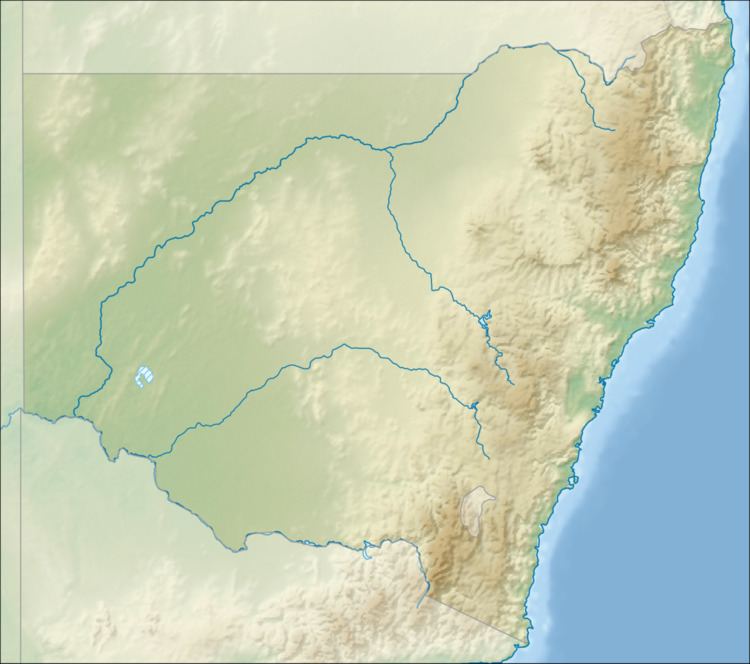Website Toorale National Park | Area 308.7 km² Established November 26, 2010 | |
 | ||
Managing authorities See also Protected areas ofNew South Wales Management National Parks and Wildlife Service | ||
The Toorale National Park is a protected national park that is located in the Far West region of New South Wales, in eastern Australia. The 30,866-hectare (76,270-acre) national park is located approximately 80 kilometres (50 mi) southwest of Bourke, at the junction of the Darling and Warrego rivers. The park is jointly managed by the NSW National Parks & Wildlife Service and the local indigenous Kurnu-Baakandji people.
Features
The Toorale National Park consists of land that was previously part of Toorale Station, used for irrigated cropping and grazing. Toorale has a broadly flat landscape with extensive floodplains, and smaller areas of low ridges, riparian strips, and two notable peaks. Small ephemeral lakes (gilgais) occur in depressions and swamps. Historic water management practices have created a vast wetland ecosystem on the park. Toorale has diverse vegetation with 27 vegetation communities described and mapped. Of these inland floodplain shrublands are the dominant community, consisting of lignum shrublands, confined swamps dominated by cane grass, eurah shrublands, riverine chenopod shrublands and low chenopod shrublands. Low chenopod shrubland is the most extensive vegetation community on Toorale, covering over 40 per cent of the park and is a highly variable community.
The banks and internal river bends of the Darling River are lined by a tall open forest of river red gum. Outer bends of the Darling and Warrego rivers and tributaries are lined by Coolibah open woodland, which extends onto the surrounding alluvial floodplains. Floodplain woodlands also include those characterised by black box.
Areas associated with semi-permanent water support shallow freshwater sedgelands. Bimble box grows in periodically flooded depressions on sandplains and alluvial plains. On dryland areas there are extensive woodlands of belah, black oak, western rosewood and leopardwood. A relatively large expanse of Whitewood – Western Rosewood low woodland occurs on the stony tablelands. There are small patches of supplejack dominated woodland and Western Peneplain woodlands dominated by coolibah and beefwood or ironwood. Gidgee and occasionally Whitewood tall shrublands, mulga (Acacia spp.) communities and Aeolian dunefields comprising patches of gum coolibah woodland also occur.
